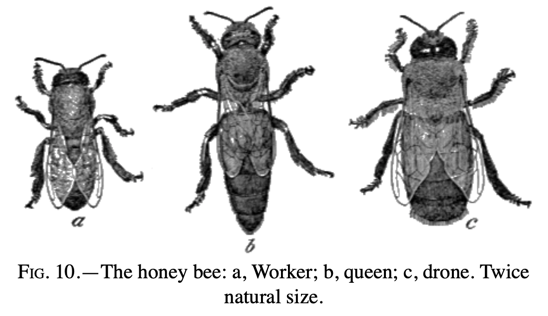Our Approach

A new, old way of Beekeeping
An old design, but made anew. We’re using double walled, insulated long hives here at BeeWranglers.org. This drawing is an old design from a 1844, but the concept is much older than that. Insulated with wool, the extremes between high and low temperatures are reduced, giving the bees less work to keep the hive at an even climate. Honey bees maintain the temperature of the brood nest between 32°C and (optimally) 35°C.
If a beehive gets too hot, the bee brood dies and the honey gets dehydrated too quickly. If a beehive gets too cold, broods die off and the nectar cannot dehydrate fast enough to make honey.
Let them bee.
In Great Britain the economic importance of the honey bee as a pollinator far exceeded that of the hive products and was recognised as such by the UK government.
Since World War II, as agricultural productivity increased, the public recognition of the importance of beekeeping declined, and government encouragement for beekeeping in recent years has been lacklustre. There has been a tendency to regard honey bees as pests rather than as beneficial insects. At BeeWranglers.org, it’s our aim to change that perception and show just how necessary our native honeybee is to our future.


Not too much, not too little, just right…
Our approach is to utilise every location to it’s fullest potential. We will be working with farmers, land owners and commercial businesses to ensure the right level of hive density is accomplished.
Our aim is to install a cluster of hives within a single location, ideally ten. That location will then have an approximate 6 mile radius, as a minimum, between the next cluster of hives. This is to ensure that there are enough nectar and pollen resources for a cluster of hives, without removing those resources for other pollinating insects.
On sites where space is a premium, the single hive/two colony model will be used. This will allow us to allocate single hives closer together.

